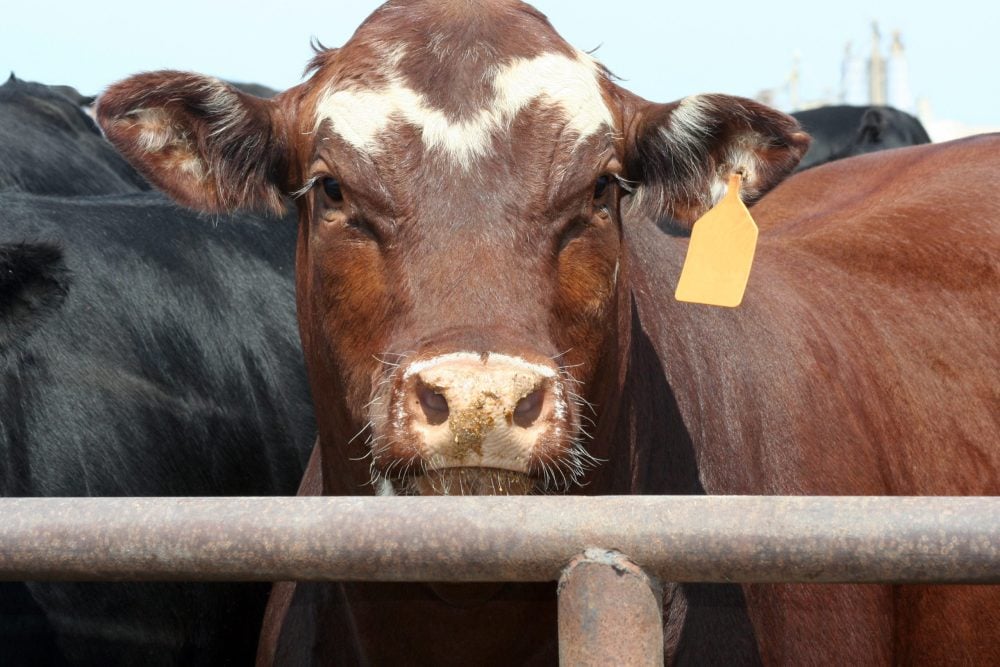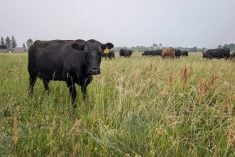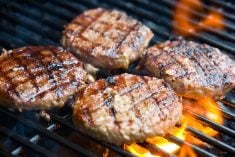Saskatchewan has widened its designated areas for deer herd reduction as part of its 2007 chronic wasting disease (CWD) control program.
In areas where CWD has been found in deer in past years, last year’s smaller herd reduction areas will be expanded to include the entire wildlife management zone surrounding them, the province announced today.
The expansions apply to seven wildlife management zones (24, 29, 43, 46, 47, 50, including the Fort a la Corne wildlife management unit, and 68 South). Two other established herd reduction areas — one near D’Arcy, east of Kindersley, and the other near Saskatchewan Landing, along the South Saskatchewan River — remain intact.
Read Also

U.S. livestock: Cattle futures plunge daily limits on beef price fears
Reuters — Most Chicago Mercantile Exchange live cattle and feeder cattle futures contracts fell their respective daily limits on Friday,…
Hunters this year will be charged $19.81 for big game management licences to harvest either-sex deer, where those licences were previously provided for free.
Hunters are asked to keep harvesting animals from these areas, and to submit samples from zones near infected areas. Adult deer heads turned in under this control program will be tested free of charge. (Fawns will not be tested.)
Saskatchewan Environment has signed a $240,000 contract with the University of Saskatchewan’s Canadian Co-operative Wildlife Health Centre to test samples submitted by hunters. “This contract enables us to continue to provide for free testing of all deer heads,” said Environment Minister John Nilson in a release.
Details on the 2007 CWD management program are available at the Saskatchewan Environment web site.
Saskatchewan has found 150 cases of CWD among the 32,000 samples taken from wild deer since it began testing in 1997, including 47 cases in 2006.
CWD, which affects cervids such as elk and deer, is one of the family of transmissible spongiform encephalopathies (TSEs) that includes BSE in cattle, scrapie in sheep and Creutzfeldt-Jakob disease in people. There is no evidence that CWD can be transmitted to either people or cattle.















